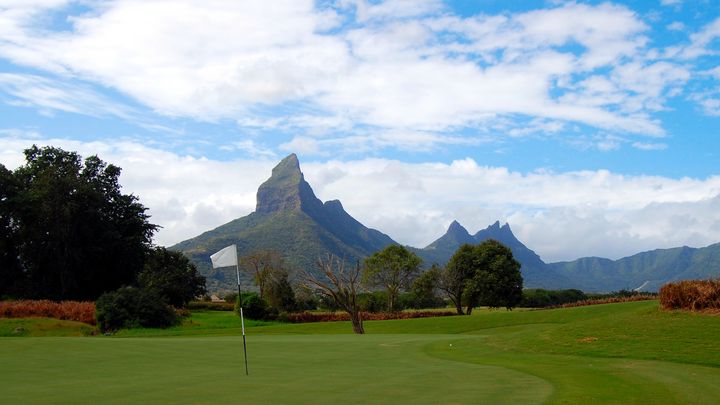Adding potassium fertilizer does not increase the soil's ability to store it
 Turfgrass uses potassium (K) in quantities second only to nitrogen (N); it is essential to supply enough K.
Turfgrass uses potassium (K) in quantities second only to nitrogen (N); it is essential to supply enough K.You’ve probably listened to one of my seminars in which I explained why conventional nutrient guidelines for turfgrass are broken. Jackie Guevara’s thesis on “Effects of Different Soil Testing Philosophies on Creeping Bentgrass and Annual Bluegrass Putting Greens” is an excellent demonstration of this.
The project looked at applying P and K fertilizer in amounts calculated by three methods:
- SLAN
- MLSN
- No P or K
All treatments received the same amount of N, 7.3 g/m2/year (1.5 lbs/1000 ft2/year).
The potassium (K) difference is striking. That’s what jumped out to me when I read Guevara’s thesis.
Spring 2019 soil test results were used to determine 2019 K rates by those three treatments. The MLSN rate was 6 g K/m2 in 2019. The SLAN was was more than 4x higher, at 26.8 g K/m2.
Autumn 2019 soil test results were used to determine 2020 K rates. In 2020, the MLSN method K rate was 6.8 g and the SLAN rate was 21.6 g.
During the 2019 and 2020 seasons combined, that was 12.8 g K/m2 for the MLSN treatment and 48.4 g K/m2 for the SLAN treatment.
What happened to all that extra K? Over a two year period, that was a 378% increase in K when using SLAN. Did it improve turf quality? Did the extra K build up the soil K reserve? Did the extra K help with traffic tolerance?
No. It didn’t do any of those things. All that K was wasted. The soil test results from the end of the experiment, in October 2020, after two years of treatments when 378% more K was added in the SLAN treatment, weren’t different. There was no more K in the soil in the SLAN treatment than there was in the MLSN treatment.
Remember, adding fertilizer doesn’t increase the soil’s ability to hold it, so in this type of sand rootzone with low nutrient holding capacity to begin with, adding more K than the grass can use and more K than the soil can hold is certain to have only one outcome. Wasted K.
Here are a few quotes from Guevara’s thesis:
Soil testing philosophy x traffic interaction was not significant in turfgrass color and quality. The absence of these interactions implied that the relatively high K applied on SLAN plots did not improve wear tolerance and had the same effect on turfgrass color and quality whether it was trafficked or not.
It was also interesting to notice that K test results between the SLAN and MLSN treatments in October 2020 were not statistically different, despite the large difference in the amount of K applied for each treatment. … thus, any excess K applied on SLAN plots may have leached from the rootzone.
Even though the K recommendation based on SLAN philosophy was three times higher than MLSN philosophy, both treatments had no significant difference in October 2020 for soil K values. Potassium is easily lost through leaching in sandy rootzones due to the nature of exchangeable K. Moreover, the absence of testing philosophy x traffic interaction implied that the relatively high K applied on SLAN plots did not improve wear tolerance and had the same effect on turfgrass color and quality whether it was trafficked or not.